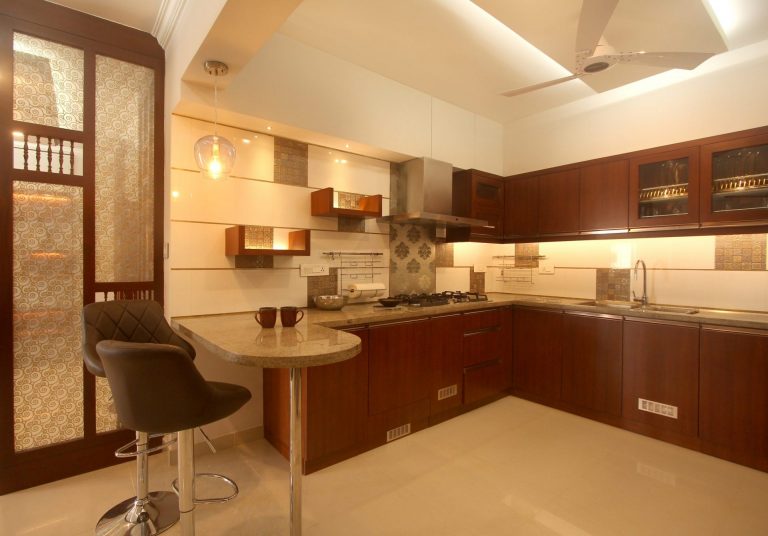6 interior design principles for designing your dream home
A good design is not only about the aesthetic aspects. it’s not just placing beautiful things in the space. it’s about how each element works together in the space to transform our lives. So design is not only about beauty it’s the clever play between all the elements in the space. Some design principles exist that are a crucial part of creating a great design When you know the basic interior design principles you can transform any space to look and feel fabulous and unique you can sense how everything feels cohesive you can feel how everything works in unity!
You can achieve that effect in your own home following these principles you can pair that knowledge with practice and experimentation on your way to creating a perfect space The following 6 principles are the keys to creating inviting spaces that family and friends will love spending time in but don’t be afraid we will explain it simply! So let’s get started!
The most important element that anchors the design and adds interest is Emphasis! Also known as a “Focal Point” A focal point should be something interesting to look at something colorful or texturally and visually appealing a particular item to create a visual impact. Imagine a huge vibrant painting above the fireplace or a wall in bold paint color or covered with wallpaper to draw attention to your living room. When you are walking into the space and your attention is focused on a particular element, like the huge painting above the fireplace or the bold accent wall this might be the focal option of the room and the principle here is Emphasis. A room where everything gets equal importance will seem either scattered or boring. You need an anchor you need a focal point to break the monotony of the space. Even a wall, can be a potential focal point for many reasons: because it has a double-height. visible from multiple points of the house even from the second floor It’s the brighter space because of the large windows, by putting a large vibrant paint to emphasize the scale of the wall and to add a contrast between the wall and the painting, creating a visual impact. it works very well because when people come to the house their eyes always go to that wall first!
In interior design, it’s important to put elements in opposition to each other by their color, shape, texture, material or scale Remember that opposites attract. This design principle can be achieved in different ways by pairing Light with Dark colors small elements with large elements or texturing with nontextured surfaces. When contrast is applied to a space it can give life and character to any room. So go dynamic, include high contrast colors, texture, patterns, don’t be afraid, just mix and match! Can be achieved contrast in multiple ways inside the house through the color and texture of pillows The point here is to mix and match So go dynamic because high contrast is essential for creating a bold space! it can be strange to think of a room as rhythmic but just like music rhythm in design is all about creating patterns of repetition and contrast to create visual interest.
It’s like the combination of a musical note and the silence that make up the rhythm but in a visual way. The repetition will create a flow that moves the viewer’s eyes around the space. Duplicating elements, colors, shapes, or patterns to tie a design together. You can achieve this by using the same color or shape at different intervals. Its purpose is to move your eye around the room. For instance, you can establish a rhythm by using a color in the pillows, picking it up in a painting, and again in a rug. These repetitions will help carry your eye around the room and this will help you to balance and unify the space. we can establish a rhythm by using a color in the pillows, picking it up in a painting, and again in an ottoman. Balance it’s a distribution of equal visual weight. By adding emphasis by contrast and rhythm to your space you will have a sense of balance.
In design, balance creates a feeling of equilibrium. It is all about equalizing or approximating the visual weight of objects. The balance is the distribution of the visual weight of objects’ colors, and texture into the space to create a feeling of stability and unity. traditional or formal spaces call for an asymmetrical balance where the space is evenly split into two sides that mirror each other. Asymmetrical Balance: The visual weights of lines, colors, forms, and textures are balanced without exact duplication. We prefer asymmetrical balance because it can be more complex and interesting.
Have you ever been in a small room where the furniture overpowers the space? If so, you understand the importance of scale. Scale relates to the size of objects within a space. Proportion is about the relationship between two elements it’s how the object relates to the overall context. For instance, you have a large sofa and next to it you place a small side table. Maybe the proportions of the items are wrong. So you can’t only consider the size of the room and the element when you’re decorating you need to be careful with the size of each item and the relationship between each other. Harmony in interior design is created when all the elements act together to create a unified and cohesive composition it’s the sense that all of the elements of your design fit together. Harmony refers to the pleasing relationships among the parts of a composition. They may fit the same theme aesthetic style or mood. The important takeaway is that each distinct piece seems to belong together in some way even if it is not identical to anything else. To achieve unity and harmony in your space it’s important to define an aesthetic style because this way you have parameters of colors, textures, and shapes to guarantee a cohesive atmosphere.
All those principles come together to design a spectacular space those principles are crucial elements when it comes to creating any composition even in other arts like painting, photography, or architecture they’re guides to make a cohesive ambiance each of these principles works together to tell our brain that we are in a beautiful, comfortable and pleasant space not only for our eyes but also for our soul.

